An interview with David J Brown
Building Resilience - Part 2
A conversation between INTO Secretary-General, Catherine Leonard, and David J Brown taken from our latest member webinar
Last week on the INTO blog, we highlighted 11 tips on building resilience gleaned from the Building Resilience Through the Pandemic webinar hosted by the National Trust of Trinidad and Tobago and INTO. This week, we want to turn to a conversation I had during that same webinar with David J Brown, founder and principal of Bearden Brown LLC.
Many of you know David from his role as the first Chief Preservation Officer at the National Trust for Historic Preservation in the US and as a founding Board member of INTO. In his new guise as an international heritage consultant, he’s been leading our work on Sustaining Resilient and Equitable Communities. The conversation on the webinar was an introduction to the study, funded by American Express. The full report will be released in time for the INTO Online conference, 20-22 April 2021. The conversation has been edited and slightly augmented for clarity.
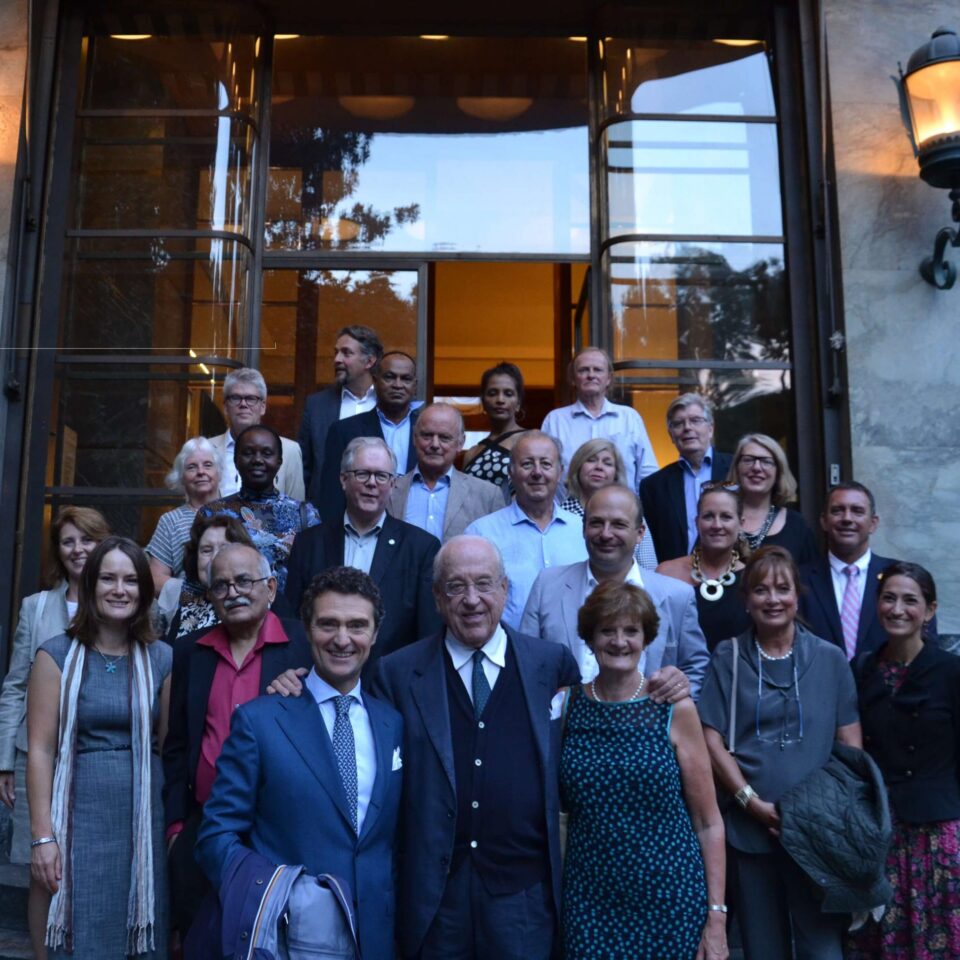
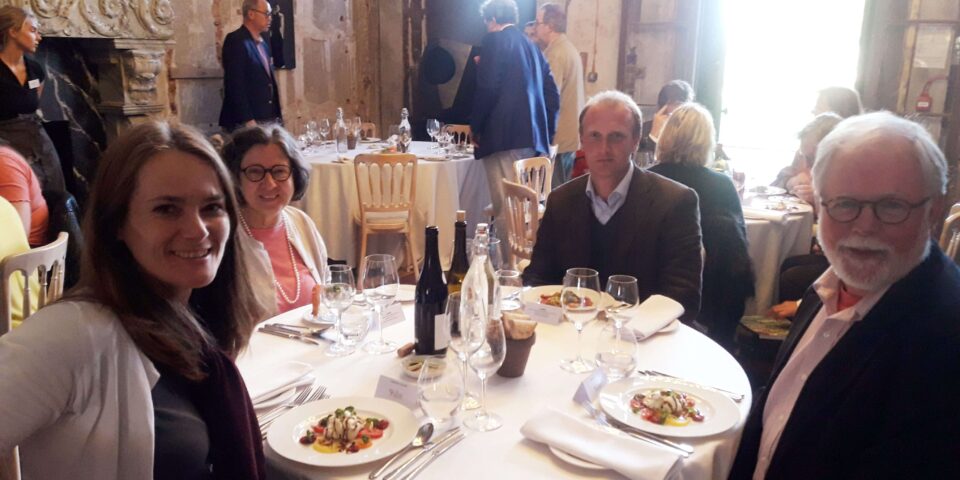
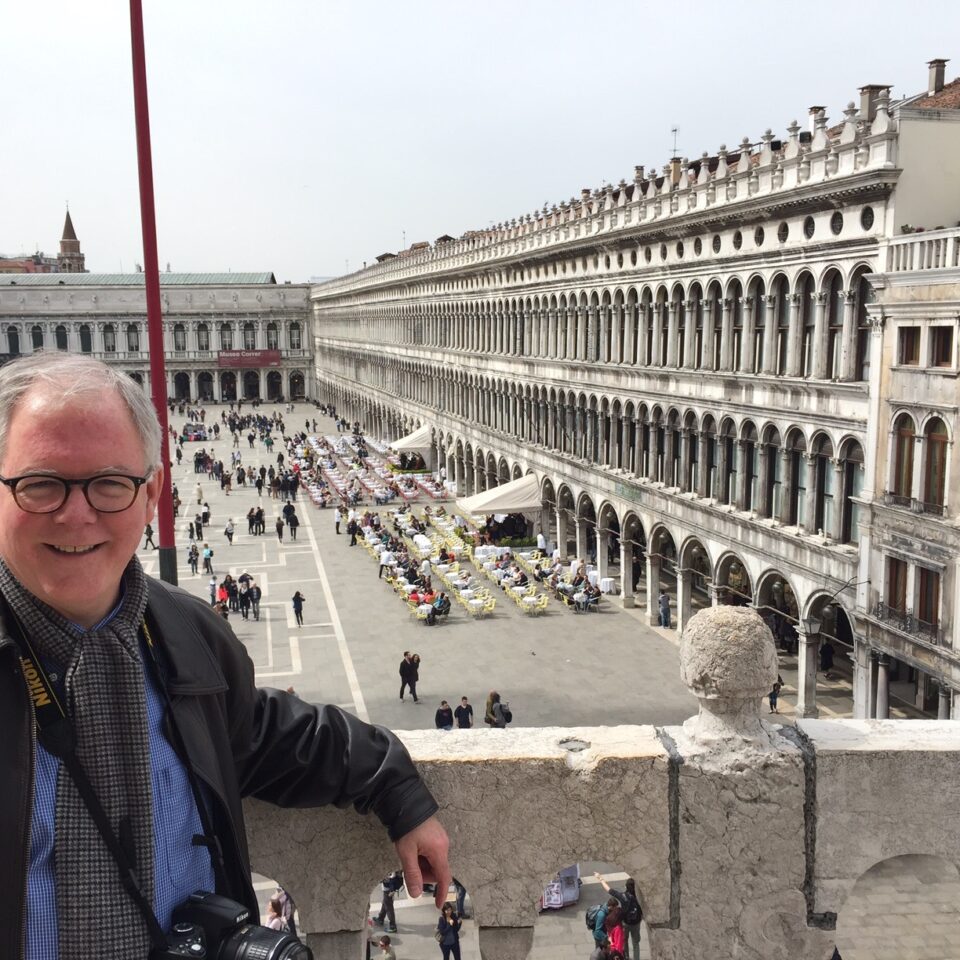
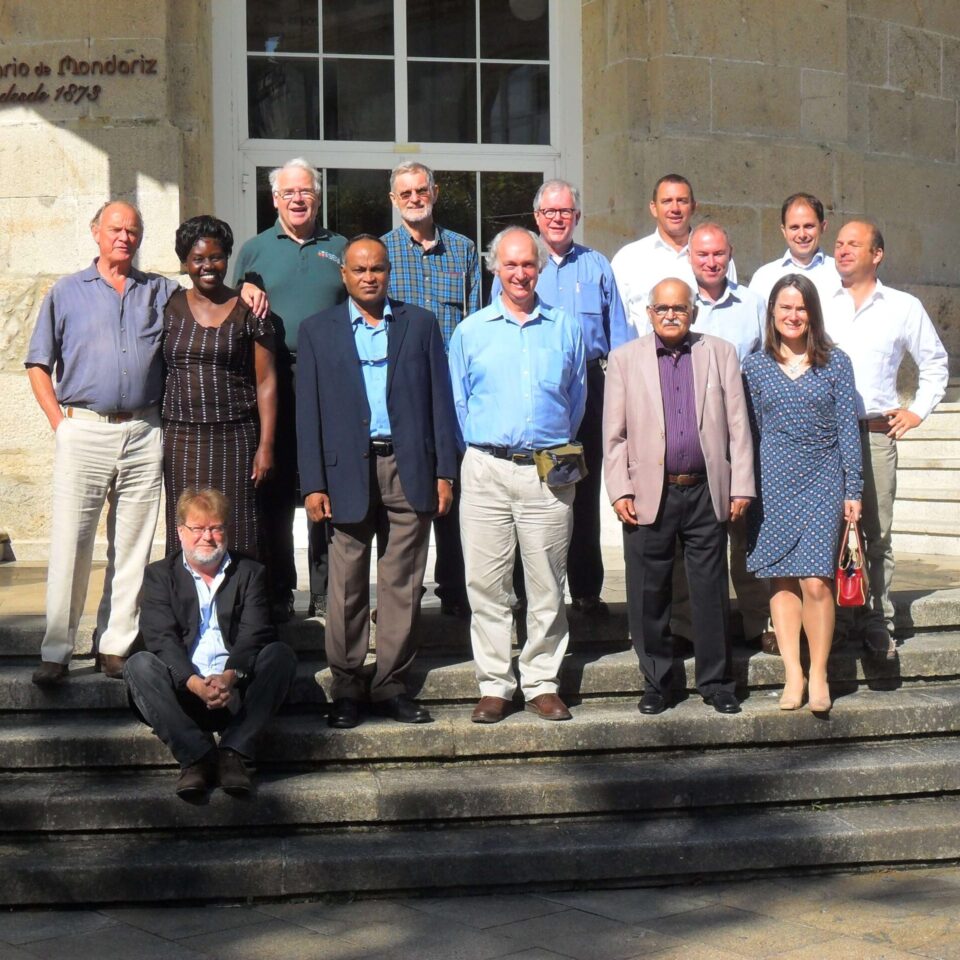
CATHERINE: So, David, I know it’s not finished yet, but perhaps you can tell us how the project started and how it changed.
DAVID: Our study began with a focus on sustainable tourism, and managing over-tourism, at heritage sites of the National Trust. Just about the time we began our research, the COVID-19 pandemic hit. With the shifting priorities of both our funder at American Express and the member organizations of INTO, we changed the focus to look at how National Trusts build on their core mission and work to sustain resilient and equitable communities by balancing conservation, tourism, development, and community interests.
CATHERINE: And what is INTO’s role in all of this?
DAVID: The 82 members of INTO are responsible for the protection and conservation of some of the most significant natural and man-made cultural touchstones in the world. From the inception of the first National Trust more than 125 years ago, the focus was on places worthy of protection and conservation, but they were also to be shared. “For everyone, forever” is more than a slogan, it is the polar star that has guided this work. INTO members have always balanced the three key parts of the National Trust mission — conservation, awareness, and community — so the fit with the new priorities of American Express made the use of Trust sites a natural part of this exploration.
As the threats to the world’s historic and cultural treasures have changed over time, so has the National Trust movement. The places that are the focus of the work of the members of INTO are now used to uncover forgotten history. National Trusts work with those who have not always seen their contributions identified and celebrated in the past.
CATHERINE: That’s really interesting about local communities, what has your research revealed on that front?
DAVID: Cillian Murphy is an engagement consultant used by the National Trust in Northern Ireland. He stated the challenge clearly when he told us that “We need to radically rethink our tourism development strategies.” We need to focus on the sustainability of the host community and their environment, he noted, “and we can only do that by putting them right at the very centre of the tourism development process.”
CATHERINE: So true. Can you tell us how went about the research?
DAVID: We began with a survey which you alluded to in your opening remarks to the webinar. We wanted to find out the impact of COVID-19 on the world’s National Trusts. You can read about the results of that survey on the INTO website.
As I mentioned, the report now has a new focus as we examine how National Trusts help sustain resilient and equitable communities through new models of sustainable tourism. The pandemic, of course, was only one of a cascading group of crises the world has faced in recent months. With the importance of addressing these environmental, health, and social challenges, we worked to provide lessons from the efforts of INTO members and others in proposing pathways toward sustainable tourism — delivered by their local communities —in the new world emerging from the crises of 2020.
In the process, we looked for ways that the National Trusts of the world could be strengthened by these efforts and come out of the pandemic stronger and more resilient as well.
We did a scan of the INTO membership but we undertook a deep dive around five case studies. The sites were chosen in order to consider a cross-section of resources and issues in a variety of contexts and capacities.
The five case studies
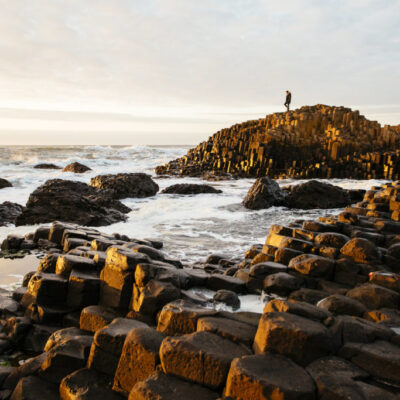
The Giant’s Causeway provided us with the opportunity to examine the deep, authentic, and lasting community engagement that has become a hallmark of the work of the National Trust here in recent years.

In our study we explore how the Trust is increasing engagement with the local population by creatively addressing their needs and concerns. And how they are making the entire Fort experience more relevant to local visitors and residents.
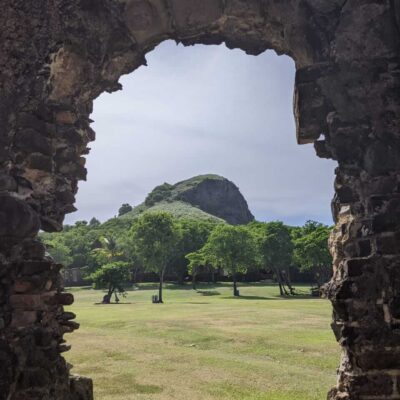
Pigeon Island National Landmark is in the stewardship of the Saint Lucia National Trust, which provides constancy during changes in governments and development initiatives while working to bring a variety of stakeholders to the table.
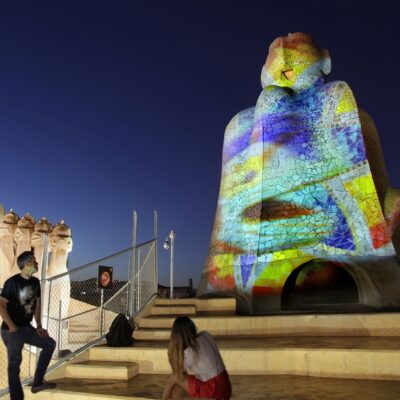
We consider the greater operational mandate of La Fundació Catalunya La Pedrera, which besides managing this magnificent Gaudi building, supports a range of community-focused social programmes through the reinvestment of tourism-related revenue.

At Petra we analyse how over-reliance on the tourism economy, without an understanding of the value of sustainable tourism and its effect on the sustainability of the local communities, threatens the protection of the site.
CATHERINE: And what did you learn from these case studies?
DAVID: The work at the heart of the National Trust mission begins with deep, authentic, and lasting engagement with the local community. It relies on crafting an inspiring vision of commitment and sensitivity to the work at hand. It is open to the possibilities of unexpected resolutions that engagement invariably brings. It understands the broader mandate that provides the context for that work. It communicates the core principles and values with those in a position to help protect these irreplaceable treasures.
Key learnings
We have focused on six key learnings out of these case studies. You’ll have to sign up for the INTO Online conference, 20-22 April 2021, to hear them all, but I’ll give you a teaser of a couple of those key learnings.
First, deep, authentic, and lasting community engagement is critical to success in sustaining resilient and equitable community. It also brings benefits to the National Trust. Many groups look at the range of stakeholders they have to deal with, and the local residents are among the least powerful and often the least appreciated. But we found that when stewardship organizations approach community engagement as a box to tick off, they help build mistrust among the people who should be closest to them.
We saw the importance of community engagement most clearly at the Giant’s Causeway which presents a number of challenges, including political and sectarian divides. As part of the updating of its strategic plan, the National Trust brought in a consulting firm that used techniques learned in community engagement through the sectarian issues. Cillian Murphy, who led that team, said the engagement process established for the National Trust at the Giant’s Causeway is for 15 months, with multiple conversations and “lots and lots of tea.” It is at the fifth social setting where you get the real story, not the first.
A second lesson to come out of our study is that clear articulation and understanding of the value of adopting sustainable tourism models by the local community, the government, the travel industry, NGOs, and other stakeholders are critical as the stewards of these sites work to combat an over-reliance on tourism. Changes to the local economy that expand the financial base beyond tourism and prioritize long-term protection and sustainability require government and stakeholder cooperation at multiple levels. Time and again we heard that local economies that rely solely on tourism are not thriving economies. NGOs like National Trusts can work to help expand local business and economies — through support for local handicrafts and traditional businesses — but also by employing other models, such as supporting restoration of traditional architecture as buildings for use by those local business.
And in the midst of cascading crises, the world’s National Trusts show their own resilience, responding boldly to the needs of the present. COVID has changed all our plans. There is a need to be flexible and nimble. We heard that from all 5 case studies.
CATHERINE: That’s really fascinating David. What’s next? How can we find out more?
DAVID: We are finalising the report now. It will be launched in time for the INTO Online conference, 20-22 April 2021.
CATHERINE: Thank you so much. We’re all looking forward to seeing the full report and hearing from the representatives of our five INTO members that participated as case studies in April.
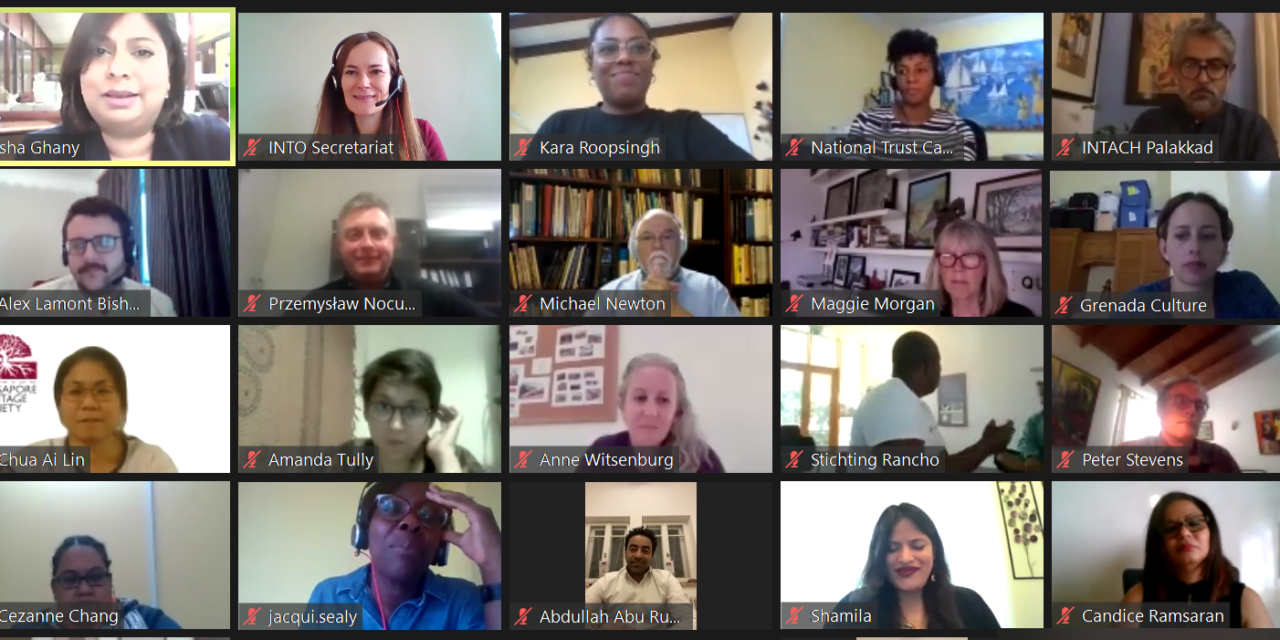
INTO Webinars
We run a dynamic programme of heritage webinars, in partnership with INTO members and international conservation bodies
Find out more